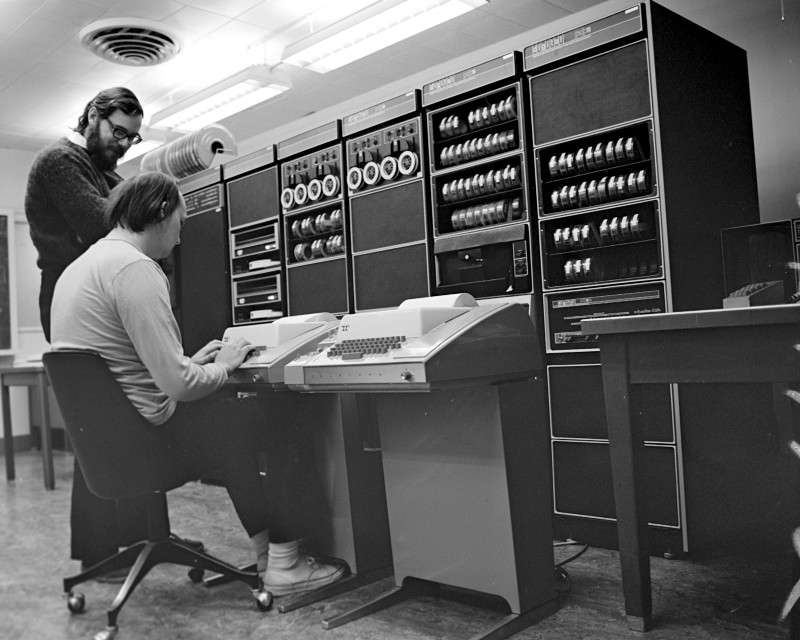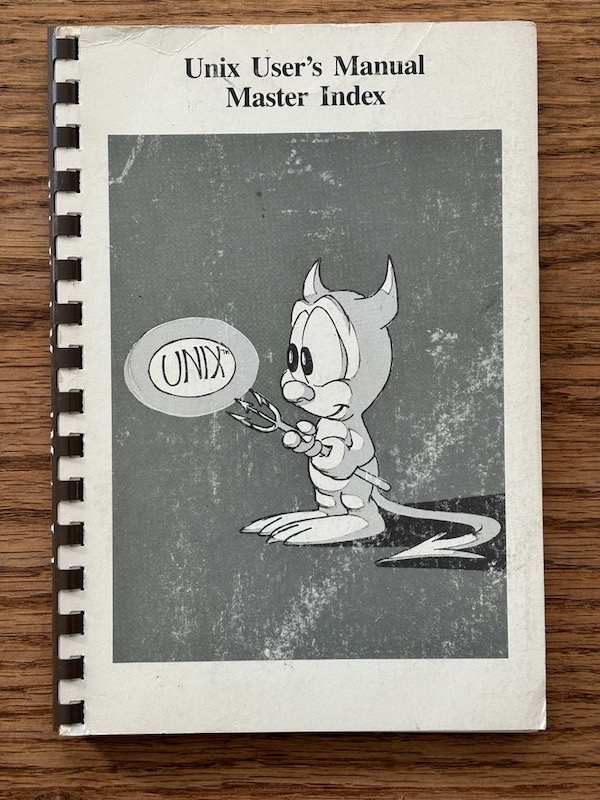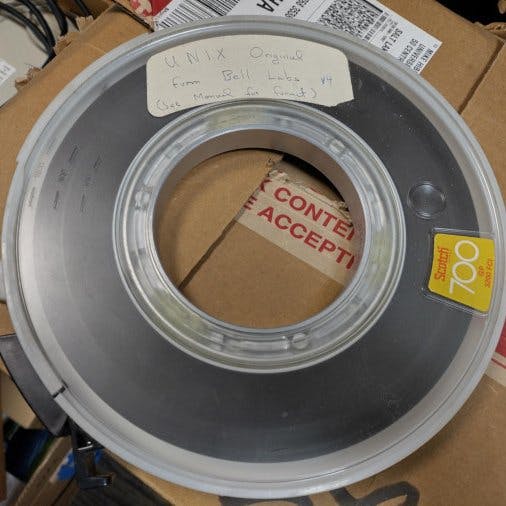UNIX

A UNIX wizard hears cries of torment from his apprentice’s computer room where the apprentice is studying, and goes to investigate.
He finds the apprentice in obvious distress, nearly on the verge of tears. “What’s the problem?” he asks. “Why did you cry out?”
“It’s terrible using this system. I must use four editors each day to get my studies done, because not one of them does everything.”
The wizard nods sagely, and asks, “And what would you propose that will solve this obvious dilemma?”
The student thinks carefully for several minutes, and his face then lights up in delight. Excitedly, he says, “Well, it’s obvious. I will write the best editor ever. It will do everything that the existing four editors do, but do their jobs better, and faster. And because of my new editor, the world will be a better place.”
The wizard quickly raises his hand and smacks the apprentice on the side of his head. The wizard is old and frail, and the apprentice isn’t physically hurt, but is shocked by what has happened. He turns his head to face the wizard. “What have I done wrong?” he asks.
“Fool!” says the wizard. “Do you think I want to learn yet another editor?”
Immediately, the apprentice is enlightened.
– From Evan Martin’s Unix: a story with a moral
Berkeley Software Distribution
There is an interesting post by Jacob Elder where I learned that John Lassetter (of Toy Story, A Bug’s Life, Cars and Cars 2) also created the BSD mascot.

UNIX Fourth Edition Discovery

In November 2025, a remarkable piece of computing history was discovered in a storage room at the University of Utah’s Kahlert School of Computing. Staff found a nine-track tape reel bearing a handwritten label: “UNIX Original From Bell Labs V4 (See Manual for format)”.
This discovery is particularly significant because UNIX Fourth Edition, circa 1973, represents the first version of UNIX in which the kernel and core utilities were rewritten in the C programming language. Until this discovery, little of UNIX v4 remained—only source code from a slightly older kernel version, a few man pages, and the Programmer’s Manual from November 1973.
The handwriting on the label was identified as belonging to Jay Lepreau, a former professor at the university who died in 2008. Further investigation revealed that this was the original copy of UNIX Fourth Edition received from AT&T by Martin Newell—the computer graphics researcher who created the famous Utah Teapot, the ubiquitous test model seen in countless graphics demonstrations, including the original Windows NT OpenGL screensaver.
The tape has been delivered to the Computer History Museum in Mountain View, California, where Al Kossow of Bitsavers is working on recovery. The recovery process involves tapping off the head read amplifier, using a multi-channel high-speed analogue-to-digital converter that dumps into approximately 100 gigabytes of RAM, then analysing the data with a program written by Len Shustek. As Kossow noted, this discovery is rare enough that it’s been pushed to the top of the recovery project queue.